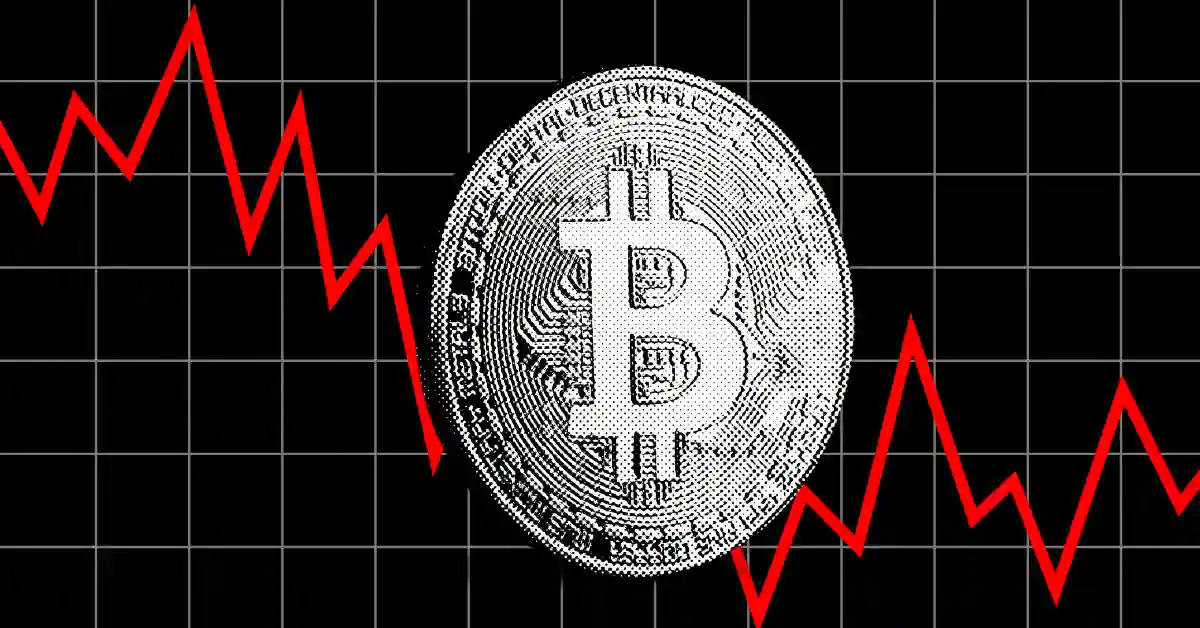Massive ETH Shorts: A Looming Threat as Ethereum Prices Prepare for an Uptrend
The cryptocurrency market is known for its volatility, with prices fluctuating wildly in a short period. One coin that has been attracting significant attention lately is Ethereum (ETH), the second-largest cryptocurrency by market capitalization. After a prolonged period of sideways trading, Ethereum’s price has shown signs of an imminent uptrend. However, this bullish outlook comes with a potential risk: massive Ethereum shorts that could lead to significant liquidations if the price surges beyond $3,000.
Understanding Ethereum Shorts
Before delving into the implications of this risk, let’s first clarify what Ethereum shorts are. In simple terms, a short position is a bearish bet on a cryptocurrency. Short sellers borrow coins at a specific price, sell them in the market, and then buy them back later at a lower price to profit from the price difference. However, if the price moves in the opposite direction, the short seller may face significant losses.
The Risks of Massive Ethereum Shorts
According to data from Coinglass, the total number of Ethereum shorts has been steadily increasing since the beginning of the year. As of now, the short interest in Ethereum stands at over $1.3 billion, with around 190,000 contracts open. This represents a significant amount of potential downside exposure.
If Ethereum’s price breaks above the $3,000 resistance level, the massive short positions could lead to a liquidation cascade. Liquidation occurs when a short seller is unable to meet the margin requirements due to the price movements against their position. In such a scenario, the short seller is forced to buy back the borrowed coins at the market price, leading to a sudden surge in demand and a potential price spike.
The Impact on Individual Investors
For individual investors, the potential liquidation of massive Ethereum shorts could lead to several outcomes. On the positive side, a sudden surge in Ethereum’s price could result in substantial profits for long-term holders and those who have bought Ethereum at lower prices. However, for short sellers and those who have taken a bearish view on Ethereum, the liquidation could lead to significant losses.
The Impact on the Cryptocurrency Market and the World
The potential liquidation of massive Ethereum shorts could also have far-reaching implications for the broader cryptocurrency market and the world economy. A sudden price surge in Ethereum could lead to a ripple effect, with other cryptocurrencies following suit. This could result in increased volatility and uncertainty in the market, potentially leading to a broader market correction.
Moreover, the massive Ethereum shorts could also have implications for traditional financial markets. Ethereum’s price movements have historically had a correlation with the stock market, with both assets often moving in tandem. A significant price surge in Ethereum could lead to increased volatility in the stock market as well, potentially leading to broader market dislocation.
Conclusion
In conclusion, the potential liquidation of massive Ethereum shorts is a risk that investors need to be aware of as Ethereum’s price prepares for an uptrend. With over $1.3 billion in short positions open, a sudden surge in Ethereum’s price could lead to significant losses for short sellers and potentially disrupt the broader cryptocurrency and stock markets. As always, it’s essential to stay informed and diversify your portfolio to mitigate risks.
- Ethereum’s price has shown signs of an imminent uptrend.
- Massive Ethereum shorts could lead to significant liquidations if the price surges beyond $3,000.
- Individual investors could profit or suffer losses, depending on their position in Ethereum.
- The potential liquidation could lead to increased volatility and uncertainty in the cryptocurrency market and the stock market.
- It’s essential to stay informed and diversify your portfolio to mitigate risks.





